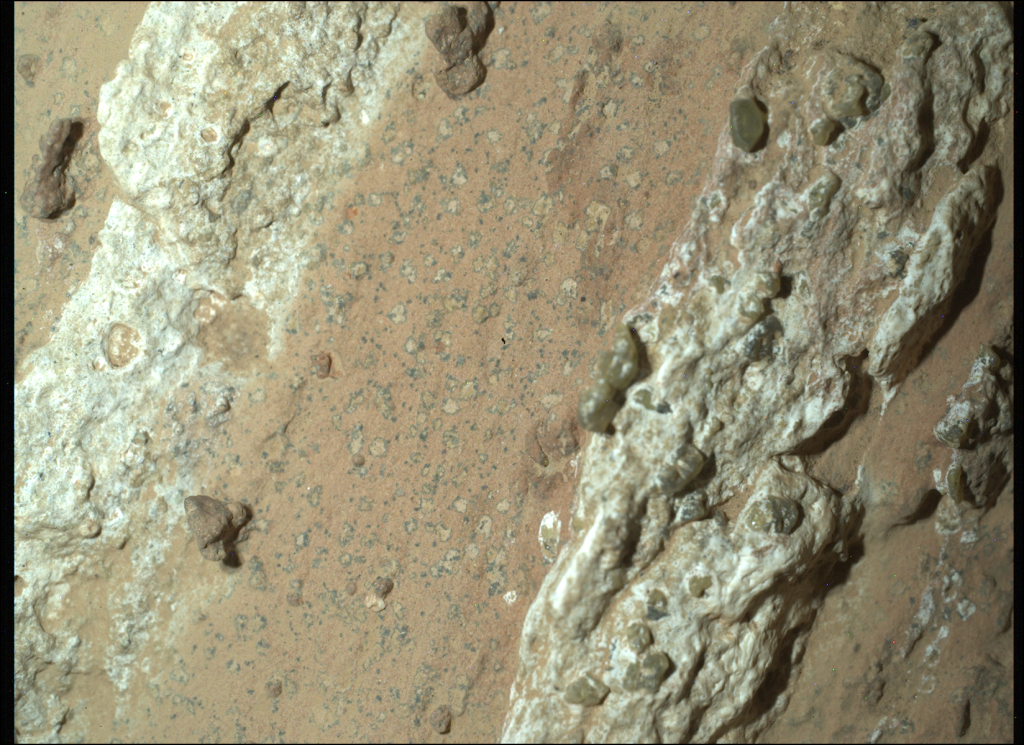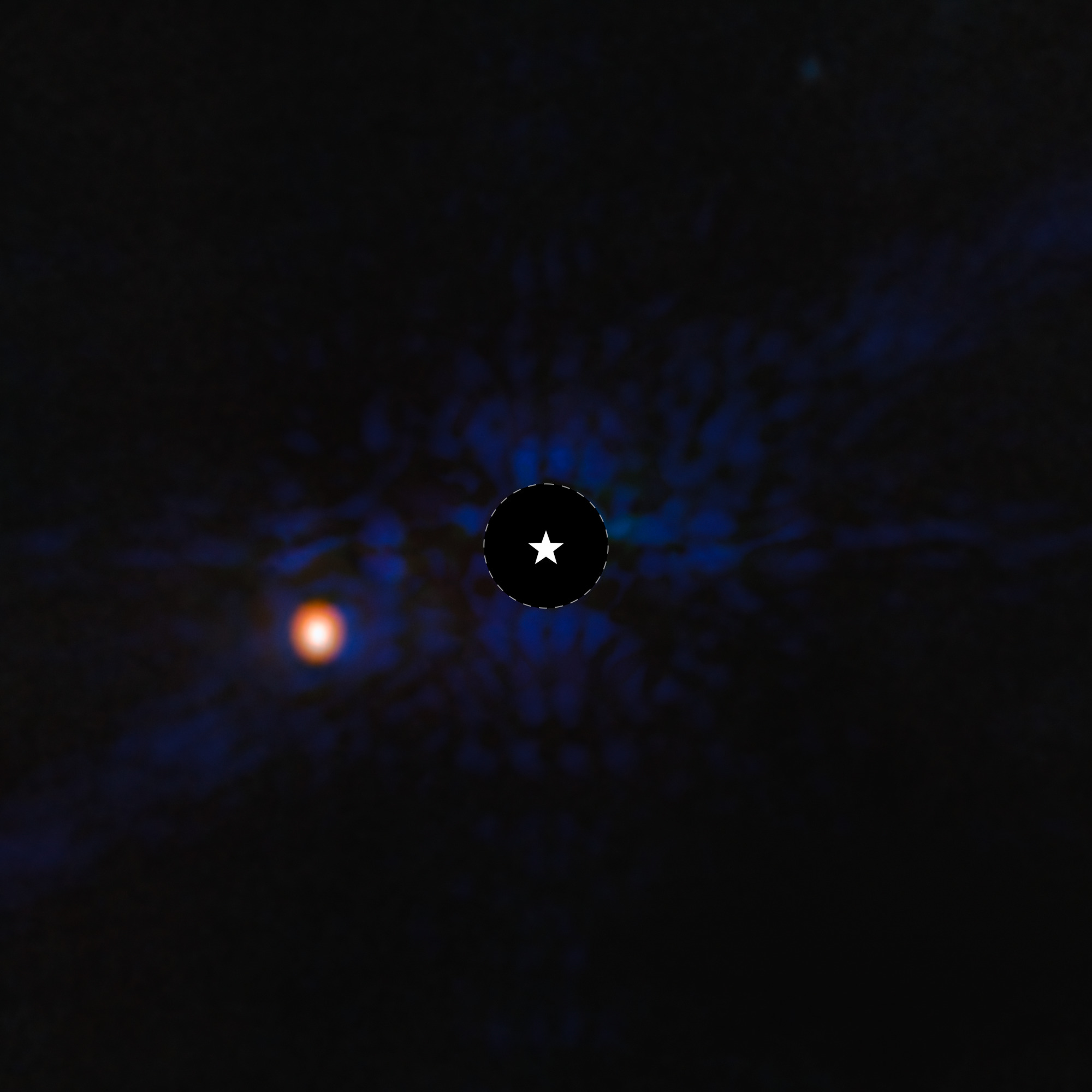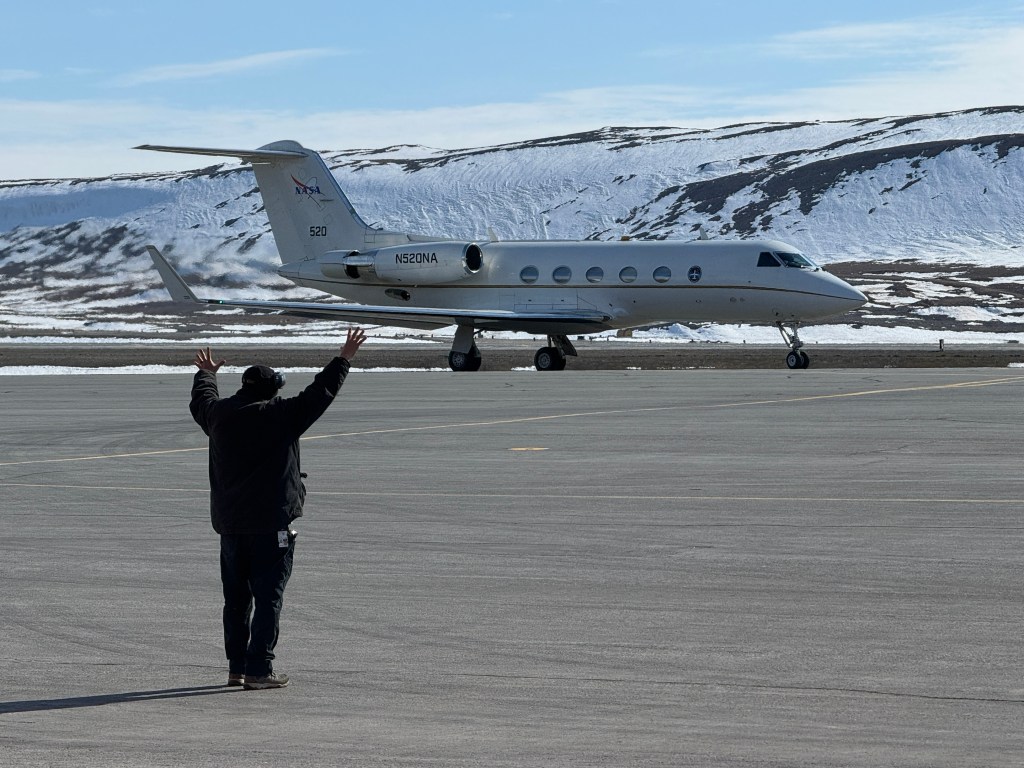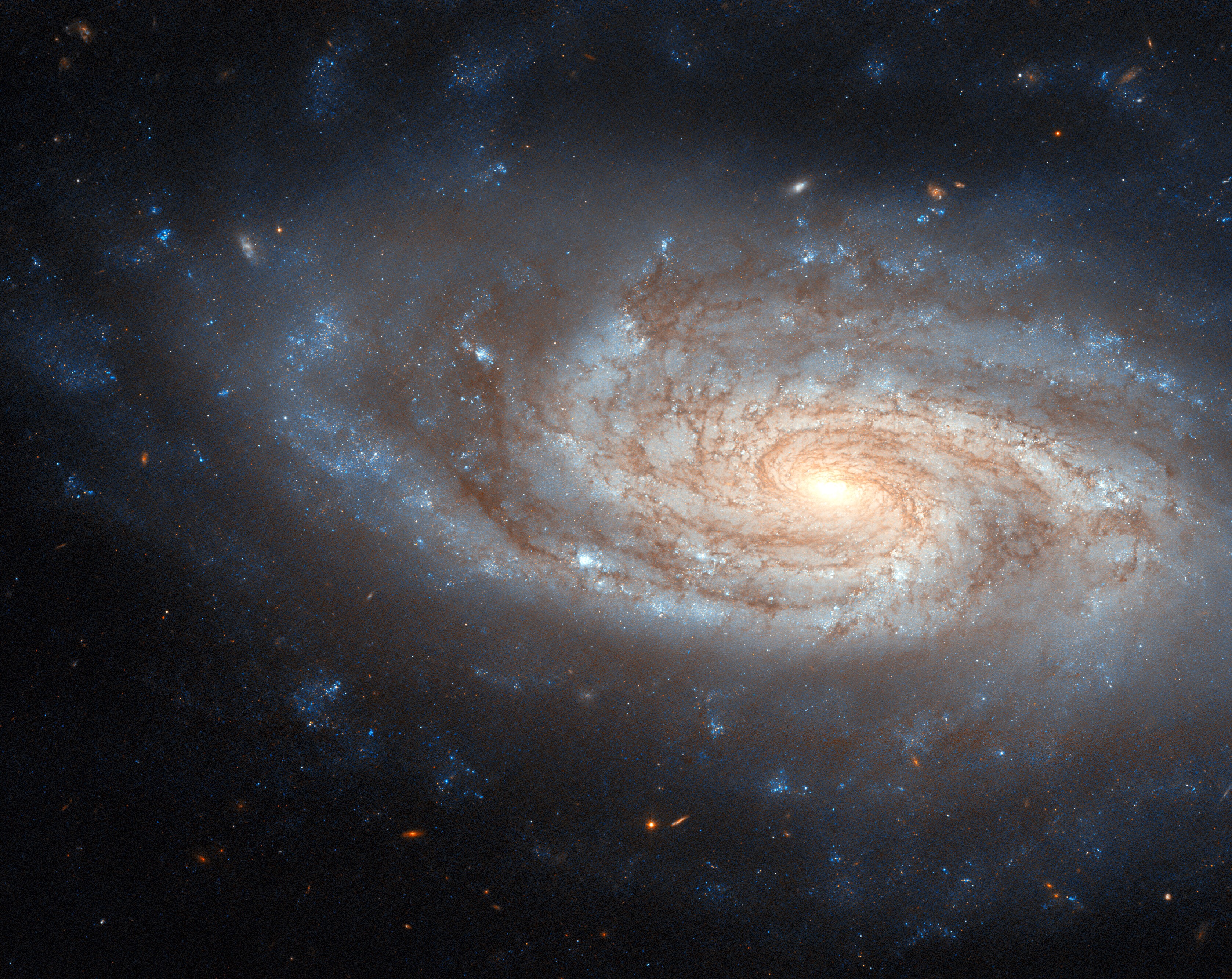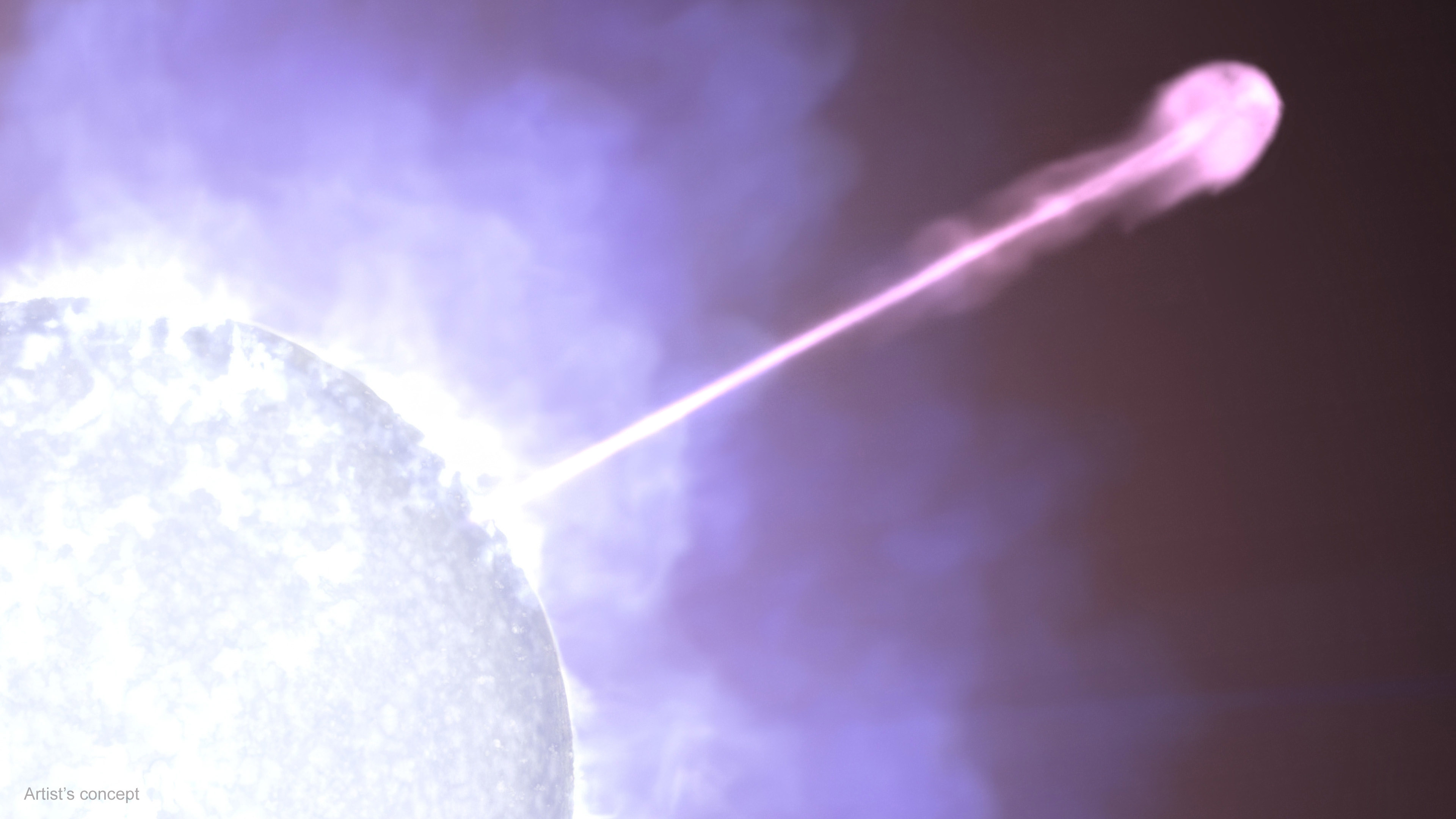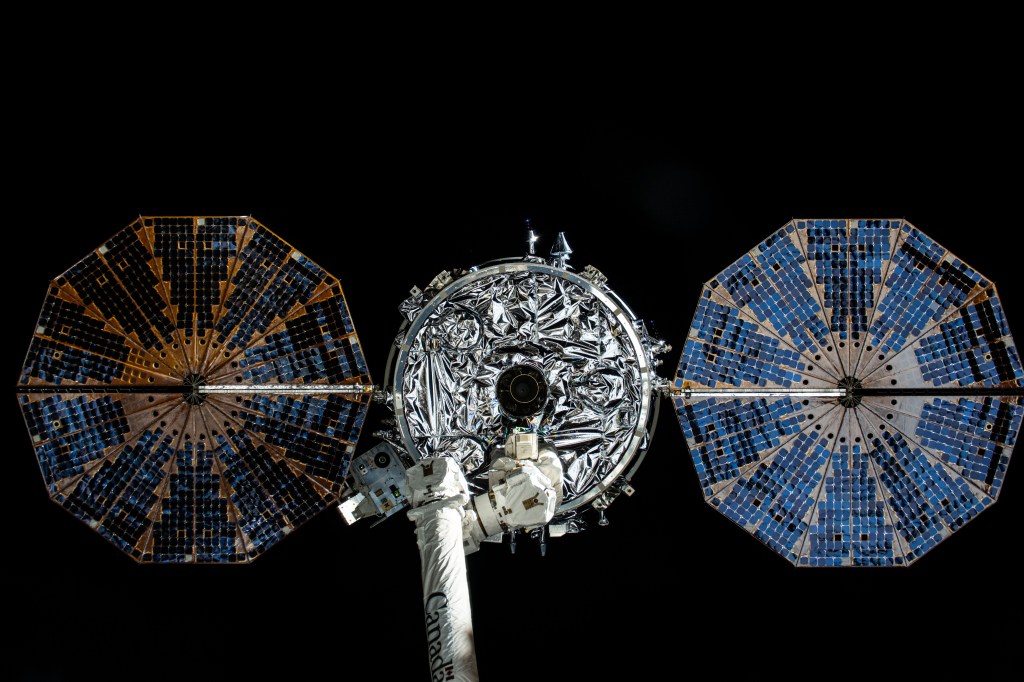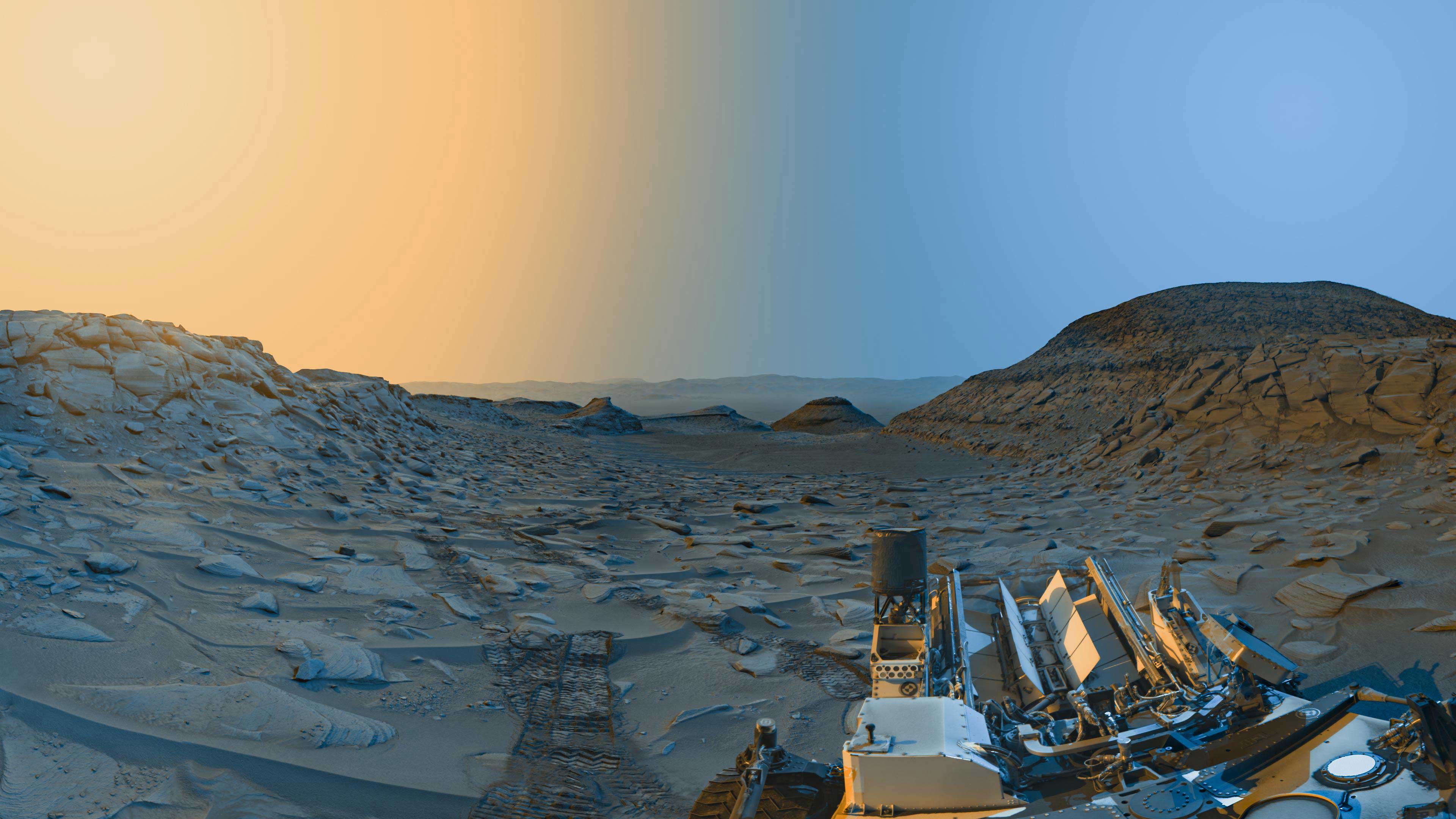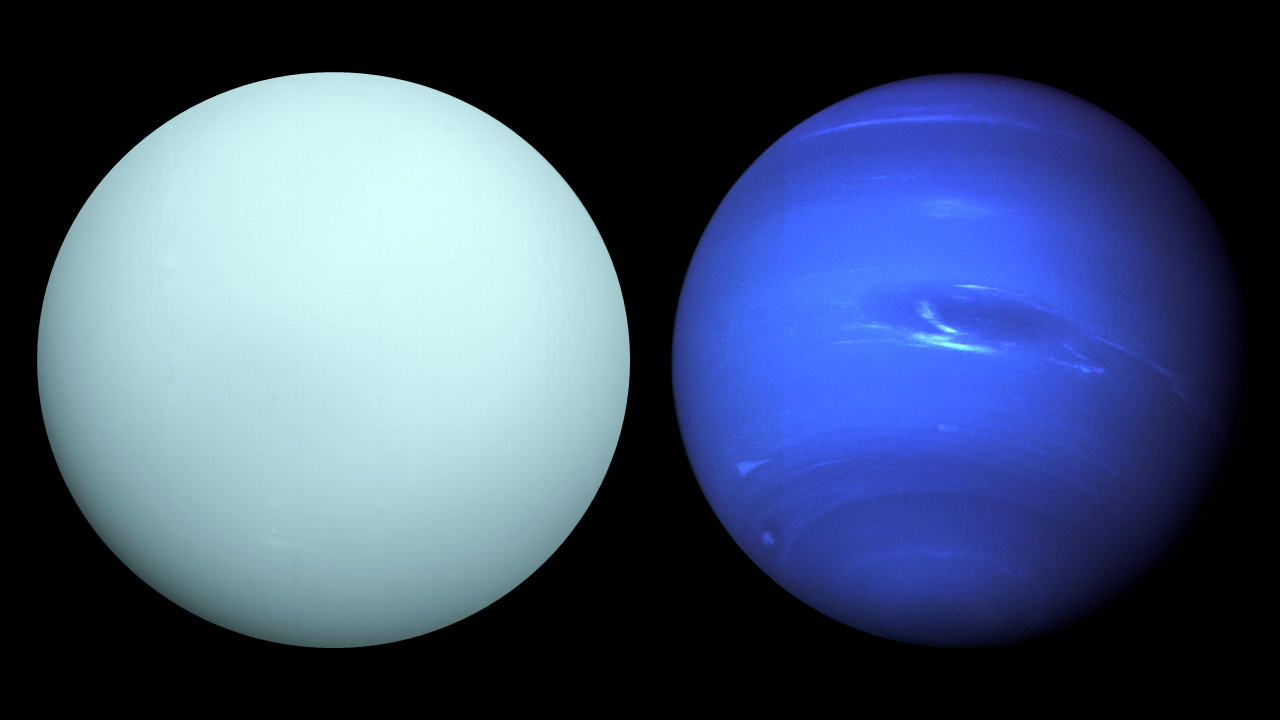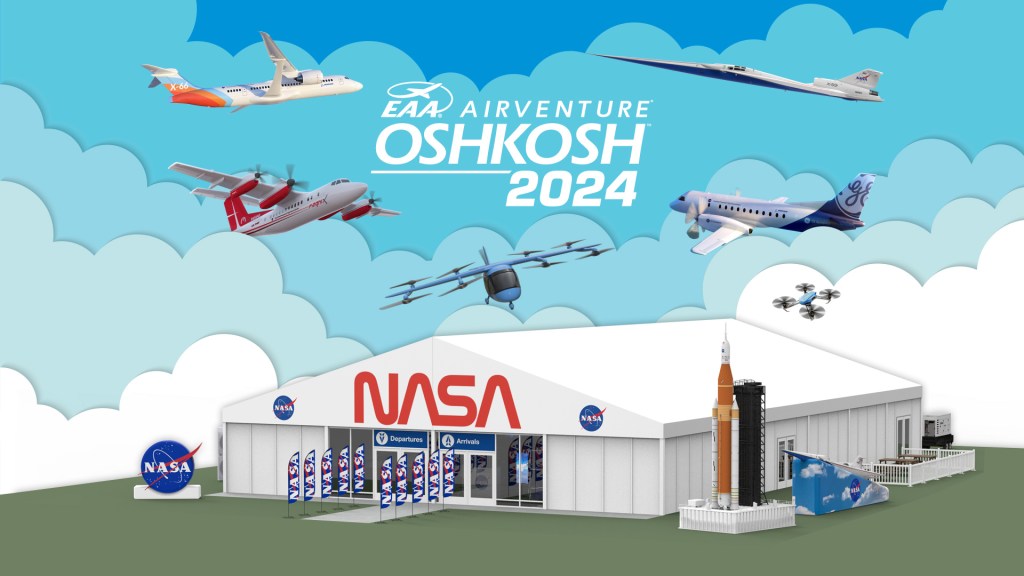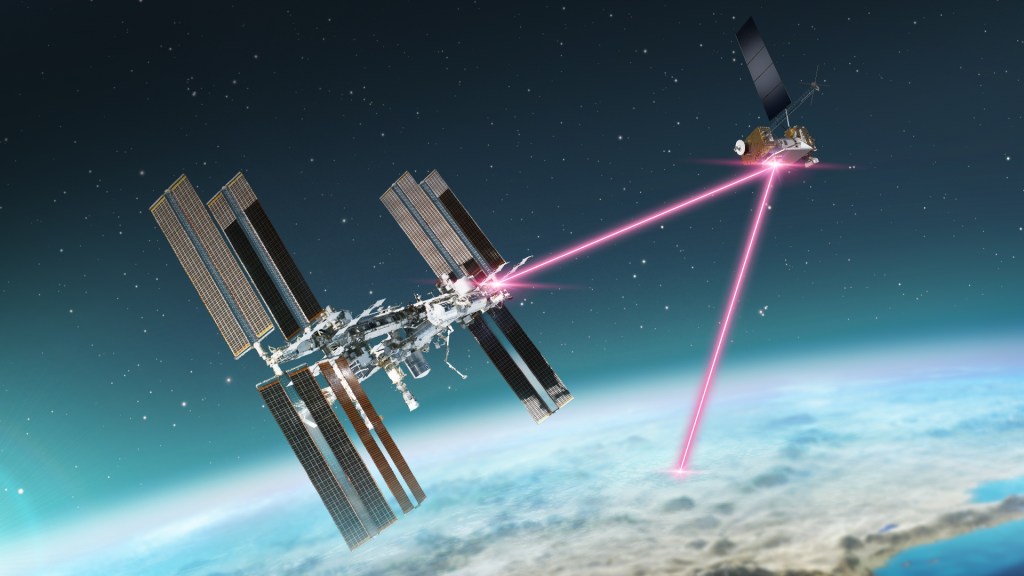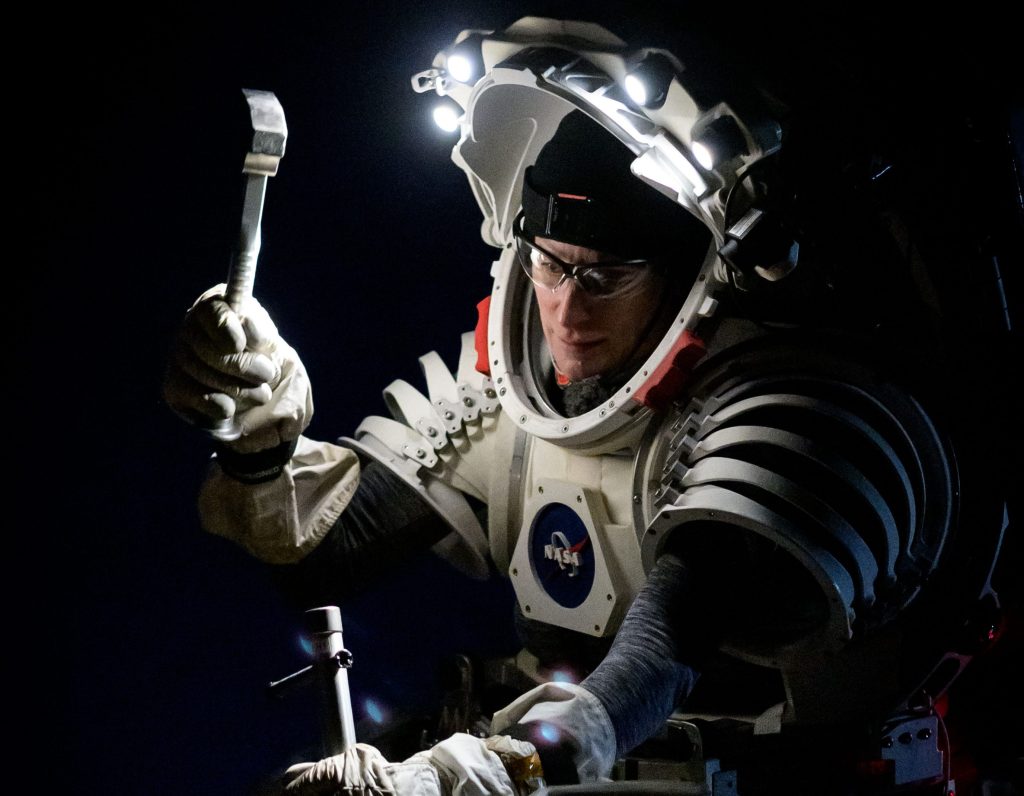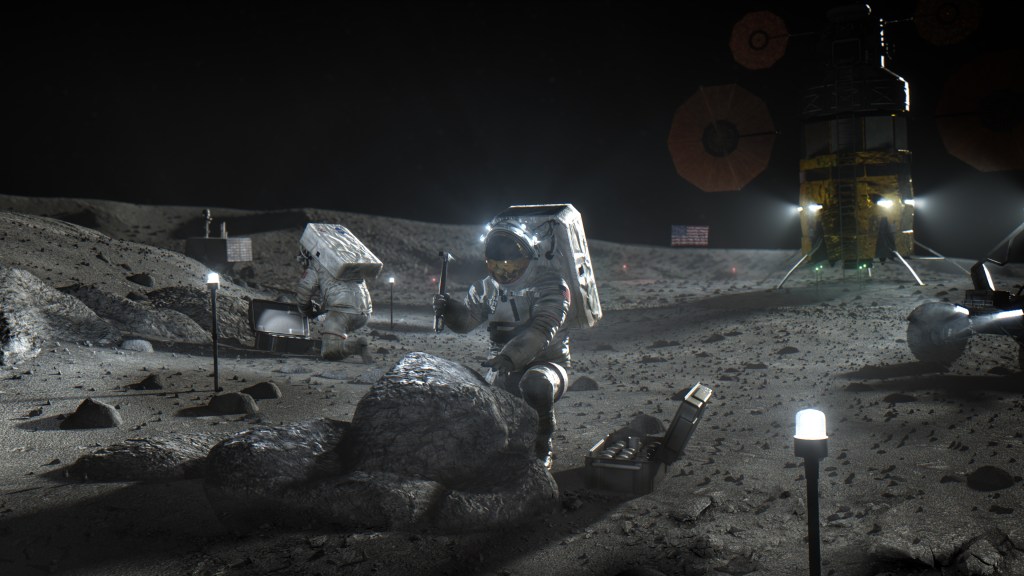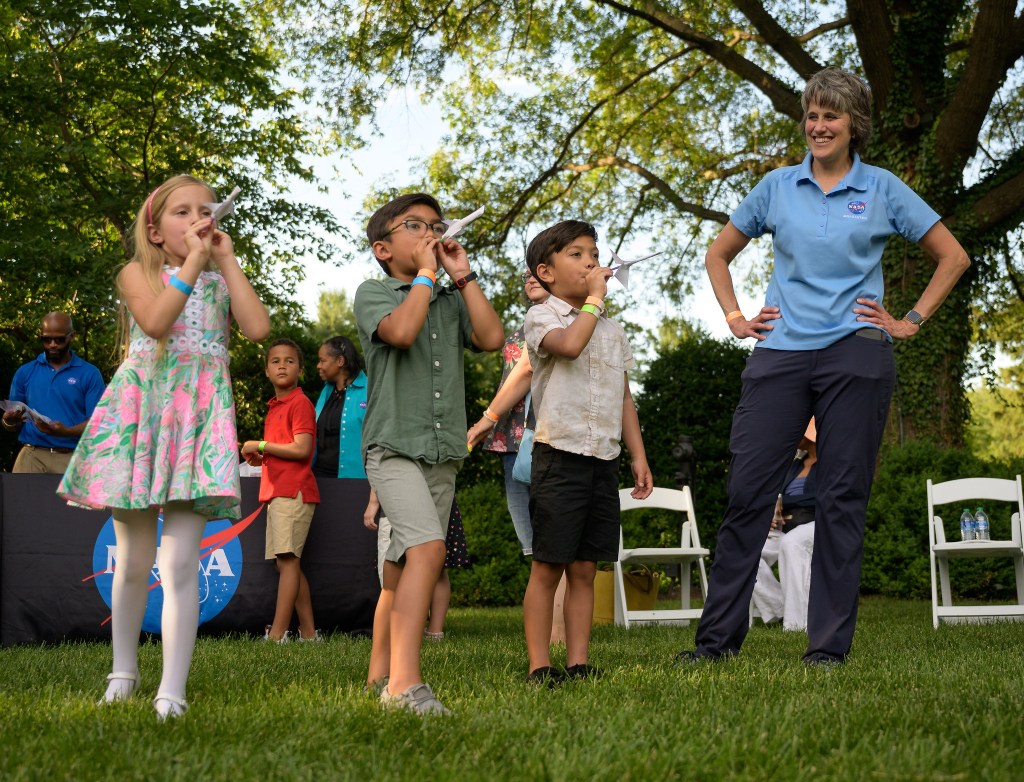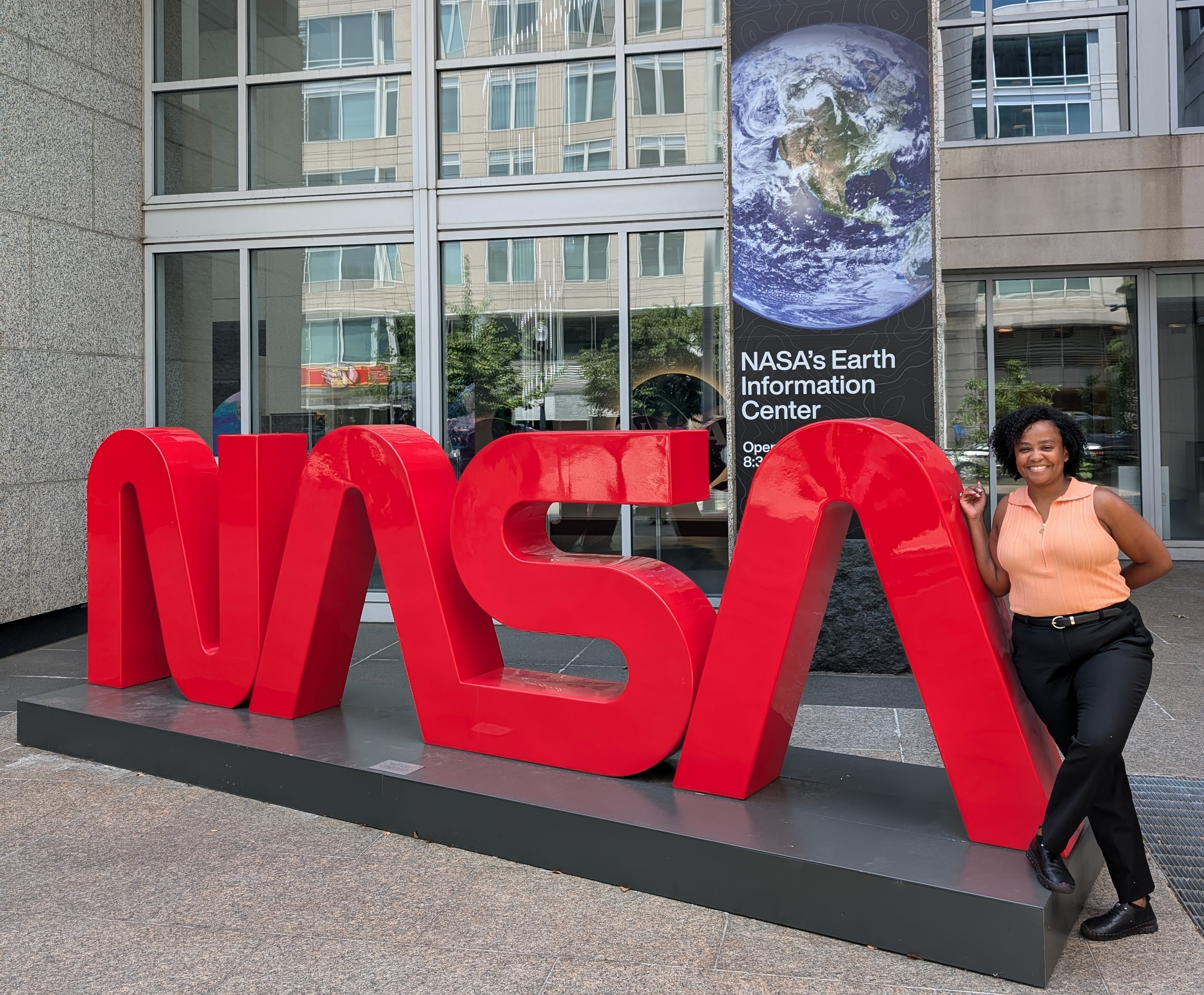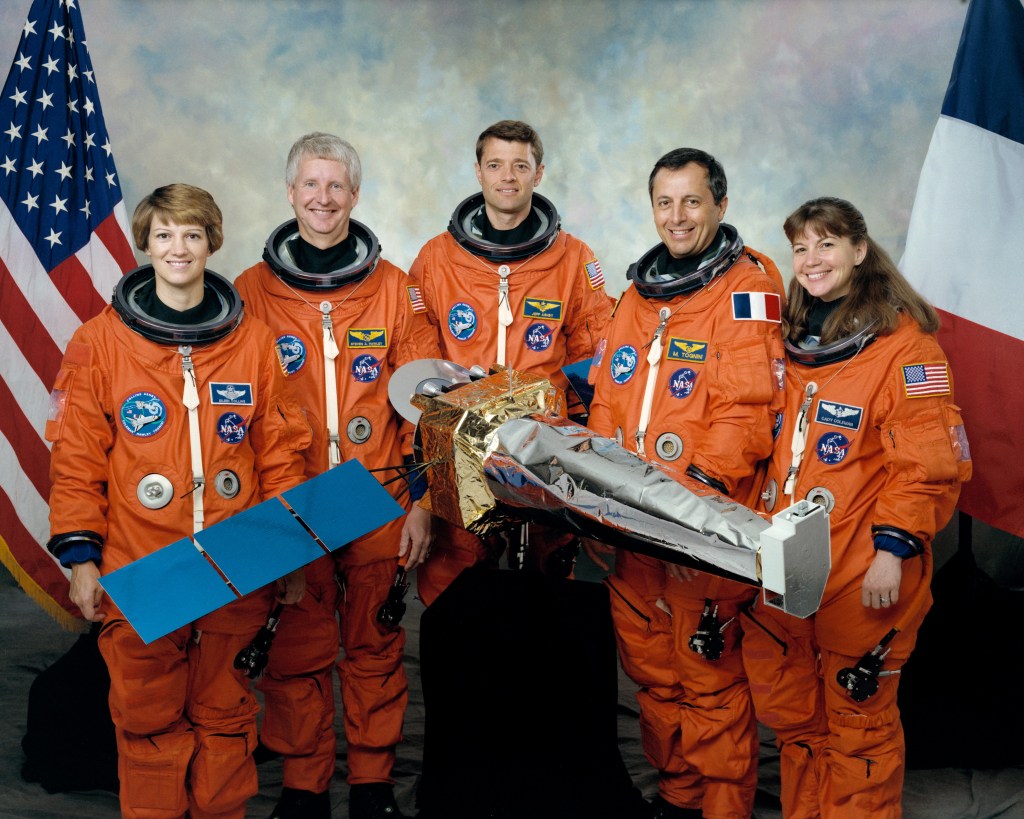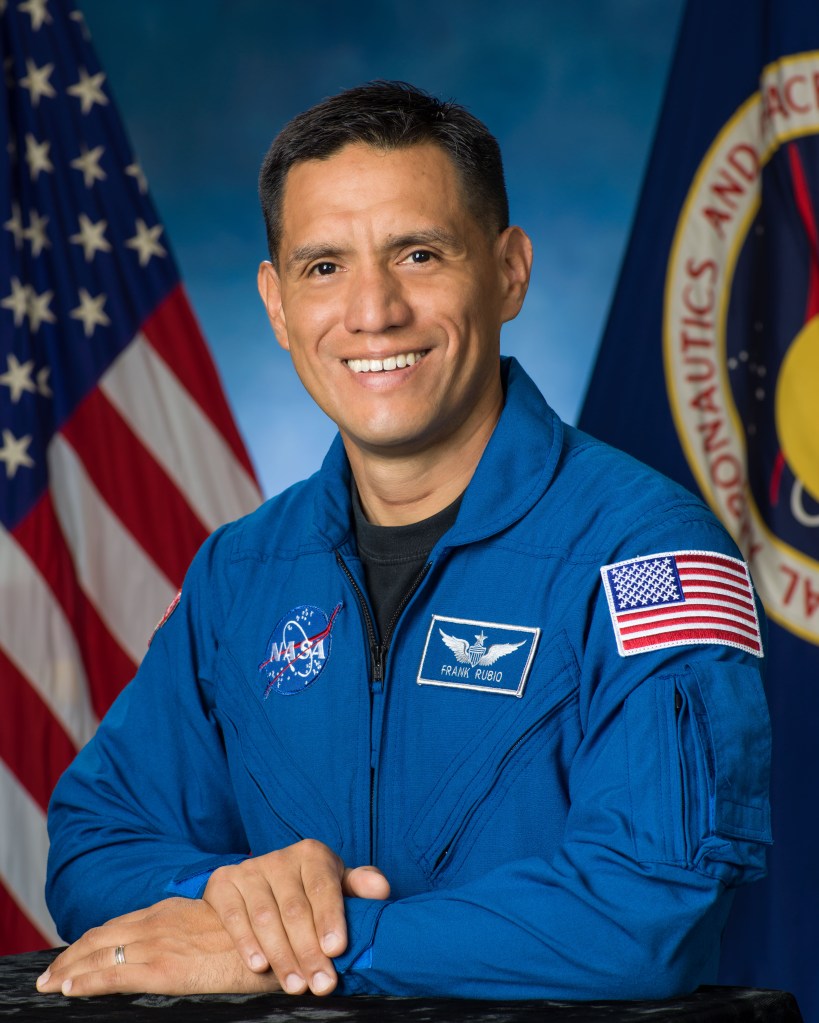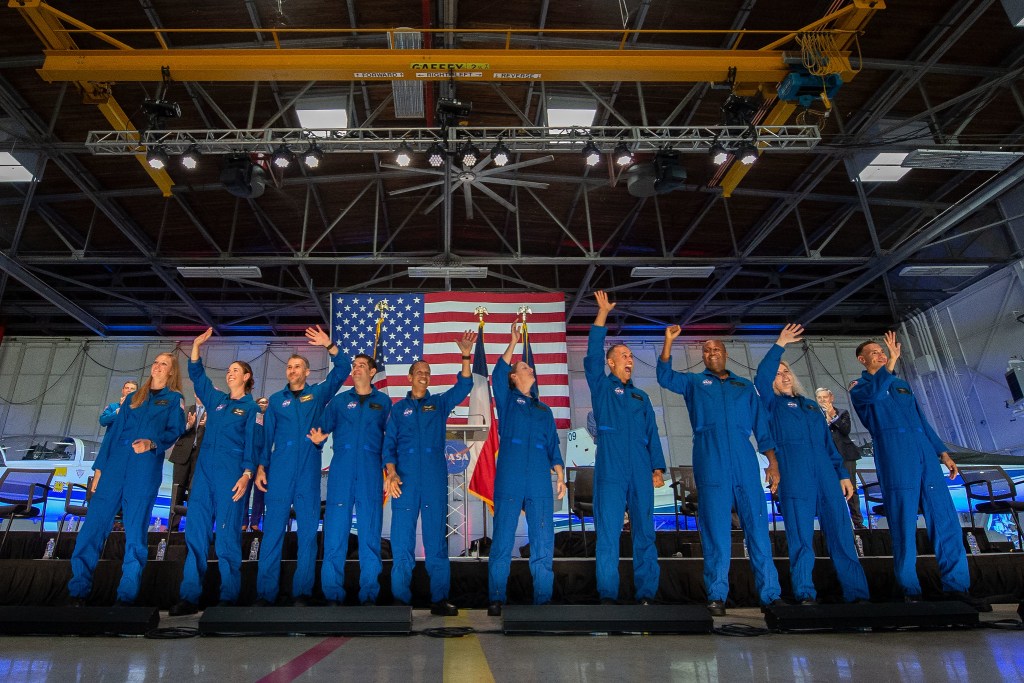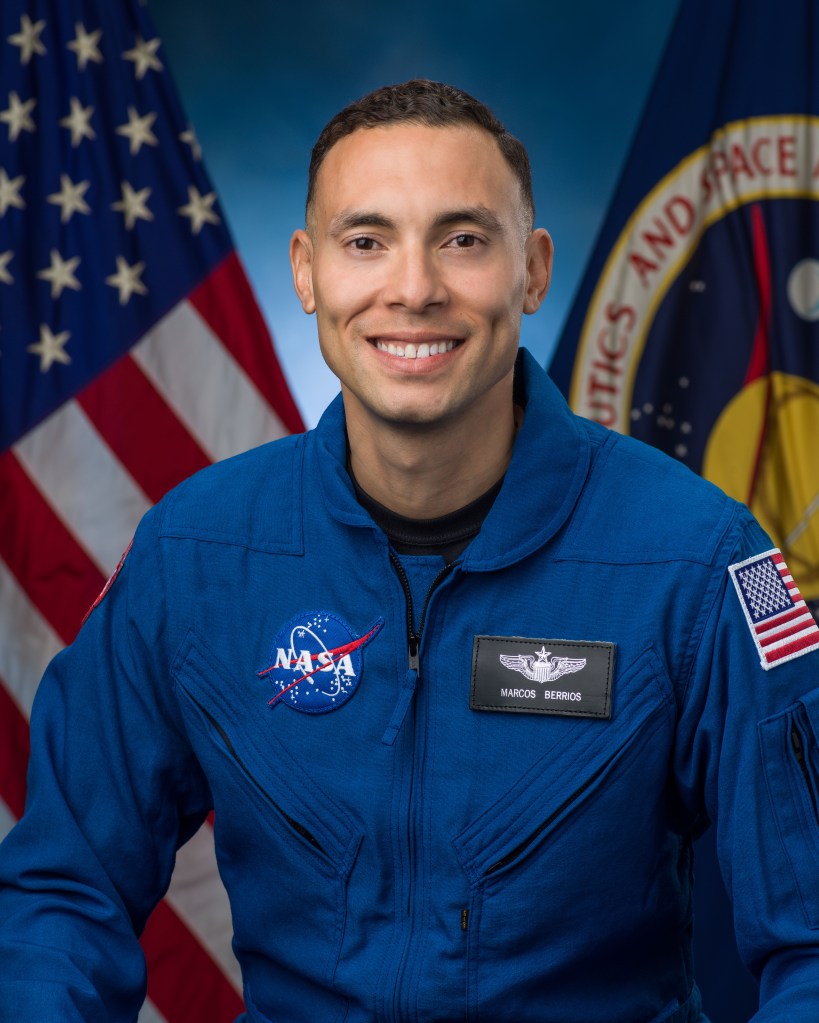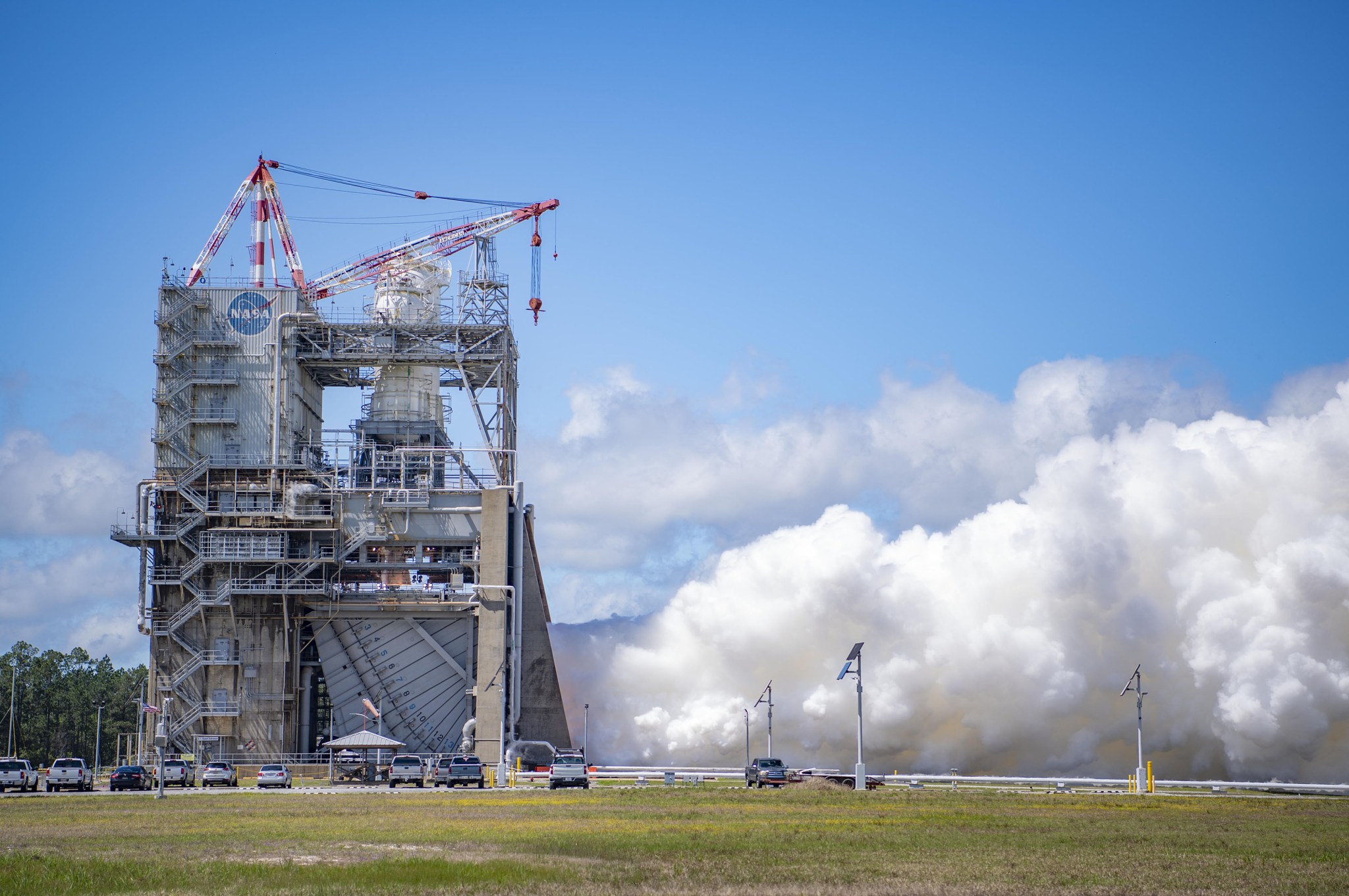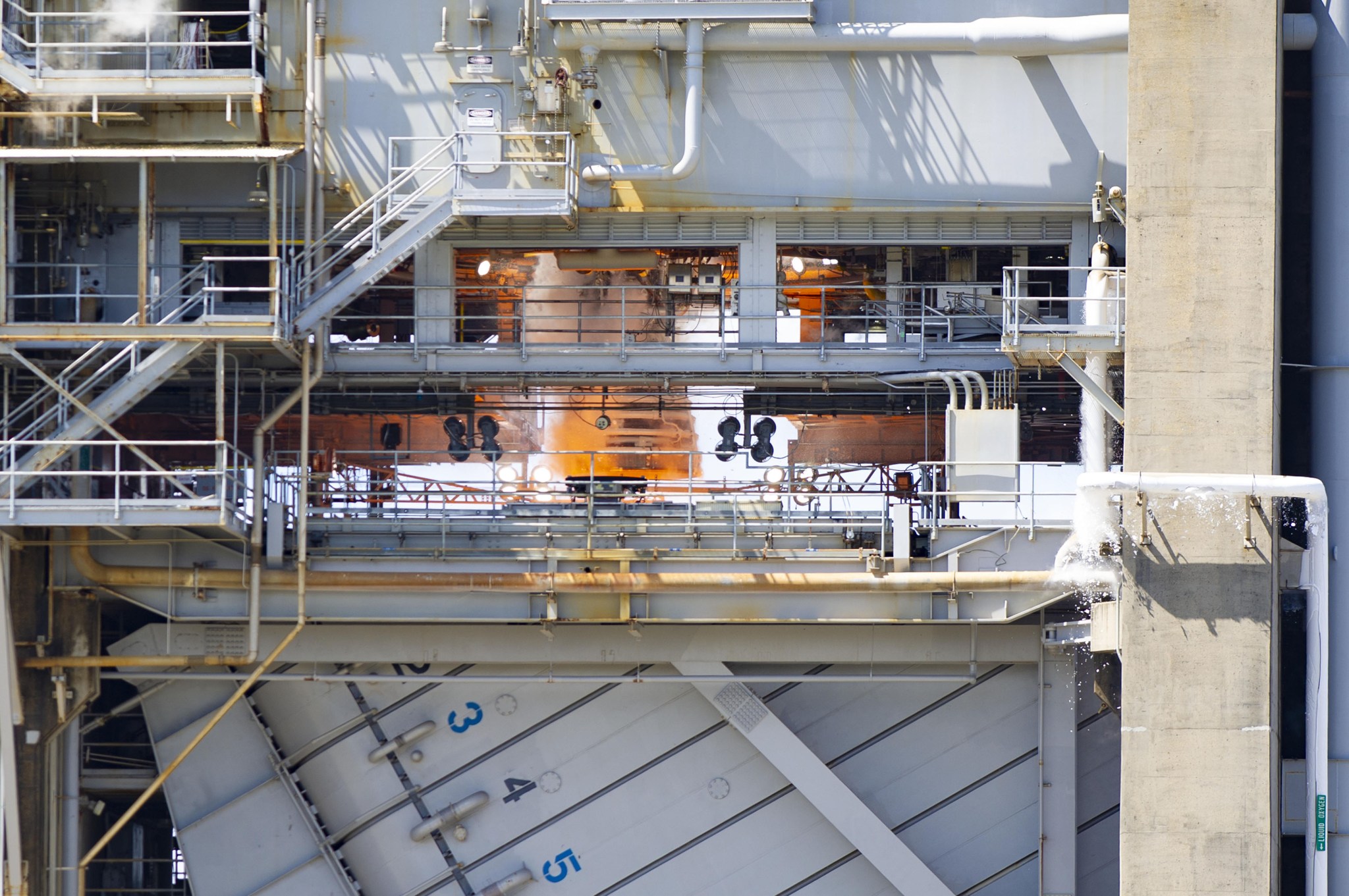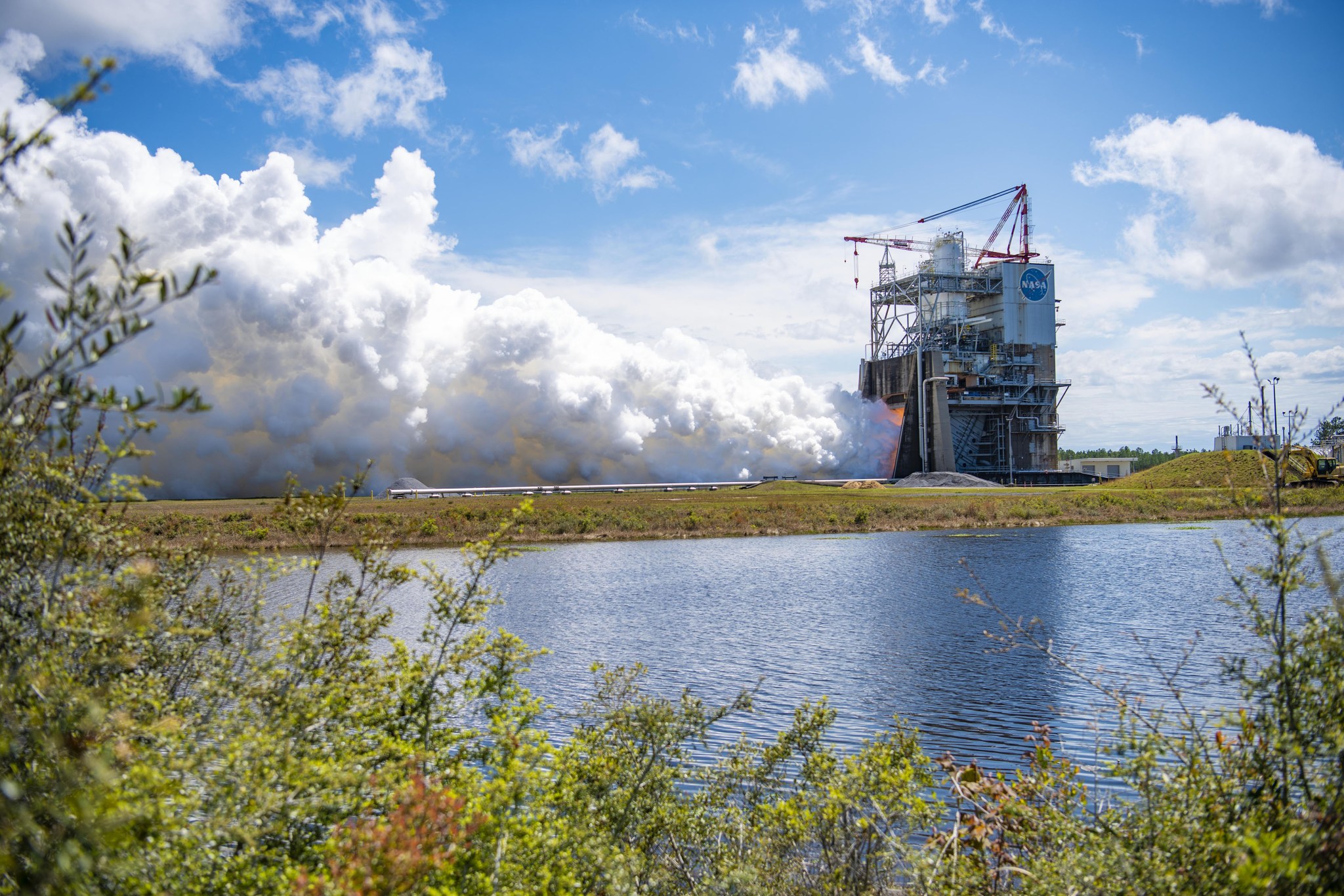NASA continued a key RS-25 engine test series for future Artemis flights of the agency’s powerful SLS (Space Launch System) rocket March 22 with a hot fire on the Fred Haise Test Stand at NASA’s Stennis Space Center near Bay St. Louis, Mississippi. It marked the 10th hot fire in a 12-test series to certify production of new RS-25 engines by lead contractor Aerojet Rocketdyne, an L3 Harris Technologies company. The NASA Stennis test team fired the certification engine for 500 seconds, or the same amount of time engines must fire to help launch the SLS rocket to space with astronauts aboard the Orion spacecraft. Operators powered the engine up to a level of 113%, which is beyond the 111% power level new RS-25 engines use to provide additional thrust. Testing up to the 113% power level provides a margin of operational safety. Newly produced engines will power NASA’s SLS rocket on Artemis missions to the Moon and beyond, beginning with Artemis V. For Artemis missions I-IV, NASA and Aerojet Rocketdyne modified 16 former space shuttle engines for use on the SLS rocket. Four RS-25 engines fire simultaneously to help launch each SLS rocket, producing up to 2 million pounds of combined thrust. Through Artemis, NASA will establish the foundation for long-term scientific exploration at the Moon, land the first woman, first person of color, and first international partner astronaut on the lunar surface, and prepare for human expeditions to Mars for the benefit of all. RS-25 tests at NASA Stennis are conducted by a diverse team of operators from NASA, Aerojet Rocketdyne, and Syncom Space Services, prime contractor for site facilities and operations.
2 min read


